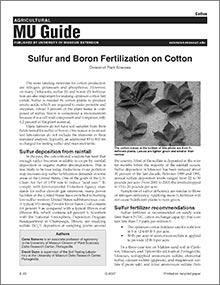

Sulfur and Boron Fertilization on Cotton
Reviewed
Learn how sulfur and boron fertilization improve cotton yields, including soil test recommendations and deficiency symptoms to optimize cotton production.
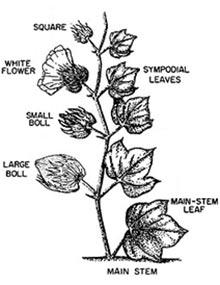
Cotton Plant Development and Plant Mapping
Reviewed
Learn about cotton plant growth, development, and mapping techniques to optimize management and yield in Missouri’s short-season environment.
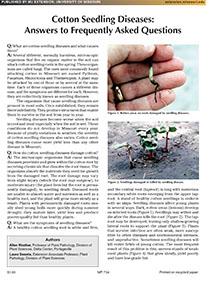
Cotton Seedling Diseases: Answers to Frequently Asked Questions
Reviewed
What are cotton seedling diseases and what causes them?
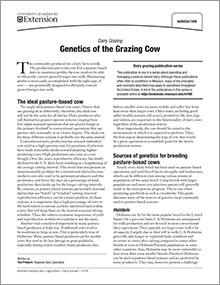
Dairy Grazing: Genetics of the Grazing Cow
Reviewed
This guide explores selecting dairy cows with genetics suited for pasture-based systems, emphasizing traits like fertility, size, and adaptability.
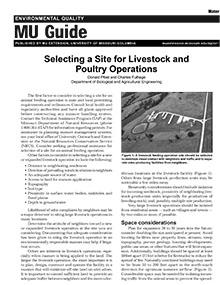
Selecting a Site for Livestock and Poultry Operations
Reviewed
Learn key factors for selecting a site for livestock and poultry operations, including distance from neighbors, topography, and water access.
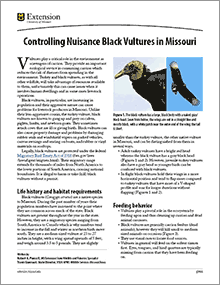
Controlling Nuisance Black Vultures in Missouri
New
Learn how to manage nuisance black vultures in Missouri, addressing issues like livestock depredation and property damage, and explore legal control methods.
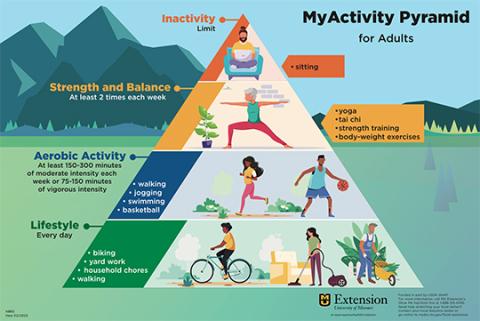
MyActivity Pyramid for Adults (18-64) Poster
New $33
Encourages adults 18–64 to meet activity guidelines with aerobic, strength, and flexibility exercises while limiting inactivity
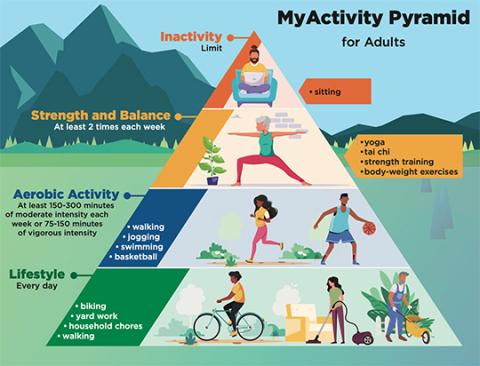
MyActivity Pyramid for Adults (18-64) (Bundle of 25)
Revised $12
Get tips for adults on meeting physical activity guidelines with exercises for strength, flexibility, and aerobic health.
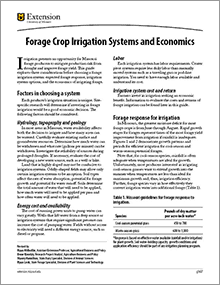
Forage Crop Irrigation Systems and Economics
Revised
Before choosing a forage irrigation system to mitigate drought risk, explore expected forage response to irrigation, equipment options and the economics.
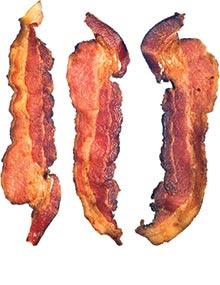
Home Curing Bacon for a Mild Flavor
Reviewed
Most people eat bacon because they like it, not for its nutritional value. Country-cured bacon is usually more salty and less desirable than commercially prepared bacon. This guide will outline procedures for curing bacon to get a mild flavor.
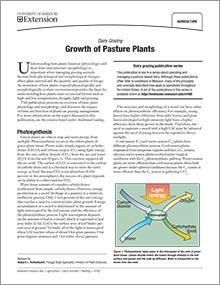
Dairy Grazing: Growth of Pasture Plants
Reviewed
This publication offers insights into plant physiology and morphology, emphasizing their impact on grazing management.
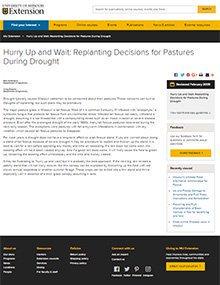
Hurry Up and Wait: Replanting Decisions for Pastures During Drought
Reviewed
Drought typically causes Missouri cattlemen to be concerned about their pastures. These concerns can turn to thoughts of replanting, but such plans may be premature.
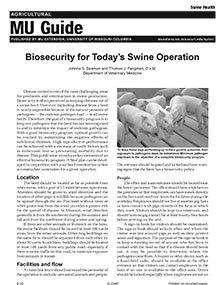
Biosecurity for Today’s Swine Operation
Reviewed
Disease control is one of the most challenging areas for producers in swine production. Visit our site to learn about Biosecurity for Today’s Swine Operation.
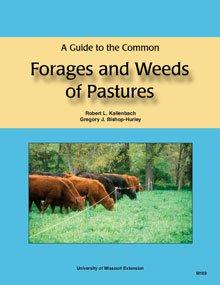
A Guide to the Common Forages and Weeds of Pastures
Reviewed $30
Editor's note
The following abstract describes a publication that is only available for purchase.
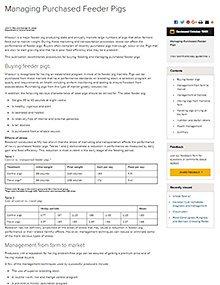
Managing Purchased Feeder Pigs
Reviewed
Learn how to reduce stress and improve performance in feeder pigs through proper buying, handling, and management practices from purchase to market.
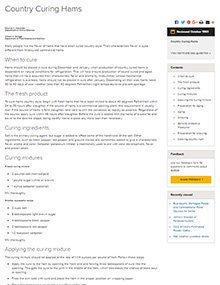
Country Curing Hams
Reviewed
Many people like the flavor of hams that have been cured country style. Visit our site to learn about Country Curing Hames.
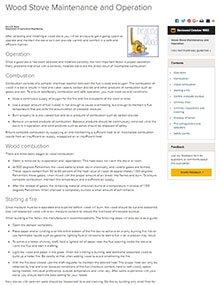
Wood Stove Maintenance and Operation
Revised
Many problems that arise with a stove are the direct result of incomplete combustion. Visit our site to learn about Wood Stove Maintenance and Operation.
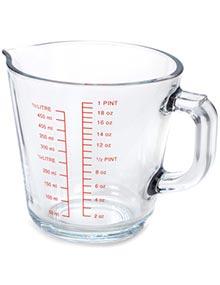
In a Pinch: Food Yields, Page 5
Reviewed
There are four quarts in a gallon, but how many tablespoons are there in a cup? This guide identifies various equivalent measures of use in the kitchen.
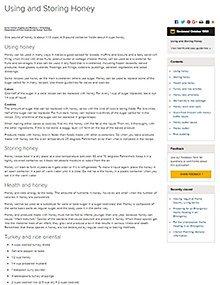
Using and Storing Honey
Revised
Honey is a versatile sweetener for baking, cooking, and beverages, and it stores best in a cool, dry place to prevent crystallization.
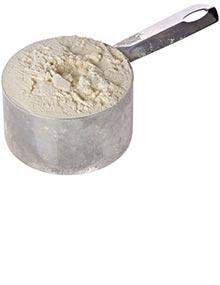
In a Pinch: Food Yields
Reviewed
Quickly estimate ingredient conversions with this practical food yield chart—ideal for cooking, meal planning, or grocery shopping.
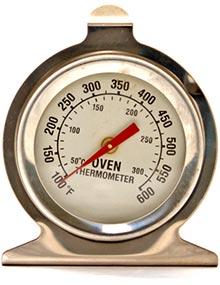
In a Pinch: Food Yields, Page 3
Reviewed
If your treasured family recipe describes oven temperatures as slow, moderate or hot, this quick reference chart will help you decide what temperature to set your oven.
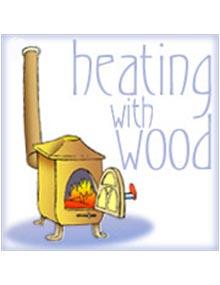
Chimneys for Wood Stoves
Reviewed
All wood-burning stoves need a well-constructed chimney to maximize efficiency and minimize danger. Visit our site to learn about chimneys for wood stoves.

In a Pinch: Ingredient Substitution
Revised
Out of a certain ingredient a recipe calls for? Find out what items you might have on hand can serve as a substitute.
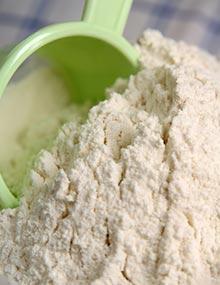
Using and Storing All-Purpose Flour
Reviewed
Learn how to measure, store, and use all-purpose flour safely, plus tips for extending shelf life and recipes for rolls and biscuit mix.
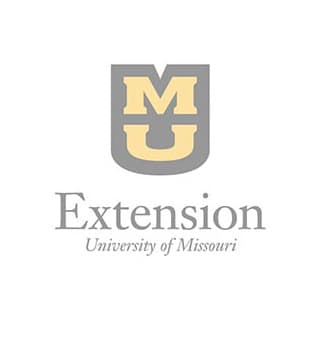
Storing Food in the Cupboard
Reviewed
Knowing how to properly store food and how long it will keep means less food dollars wasted and ensures food will look and taste good when used. Retaining a food's original nutrients and knowing that it is safe to eat are important.